Russia will not invade Ukraine… unless…
There are so much media hype and perhaps, even misinformation, on the “Ukraine Crisis” – as the western media narrative of an impending invasion of Ukraine by the Russia – the layman on the streets are not going to realise how far it is from the reality.
Yes, Russia had massed a lot of forces by the border of Ukraine – as a statement of threat against Ukraine from following their folly path to sought NATO membership.
The West, also had not done themselves favors, by encouraging the narrative that Russia is poised to invade Ukraine and refused to “give in” by announcing that they will not accept Ukraine’s application into NATO.
As such, NATO had deployed some “tiny amount” of additional troops (3000 to be exact) to Romania, Poland and Germany over the past 2 weeks, and plans are announced as I write this piece to deploy additional “tiny amount” of troops (of 1000 troops) each to Bulgaria, Romania, Slovakia and Hungary to “secure the southeastern flank”.

But these miniscule troop deployment should be signal that NATO did not really take the possibility of a Russian invasion of Ukraine as a threat to themselves. In fact, Ukraine seemed to be played by the West by toying with the plausibility of accepting Ukraine into NATO, just to “stir up some excitement” with Russia – perhaps just to play into some internal political needs of the various stakeholders – while Ukraine held their breath feeling like they are “showing hand” in a poker game in order for a bid to get that NATO “Article 5” that states that “an attack on one member of NATO is an attack on all of its members”.
It is easy to forget how lackluster the response from the West was, when Ukraine collapse into chaos in 2014 when the former Ukrainian President Viktor Yanukovych was removed under some controversial circumstances as he sought asylum and protection in Russia – and Russia immediately moved into take over Crimea to secure their naval base at Sevastopol.

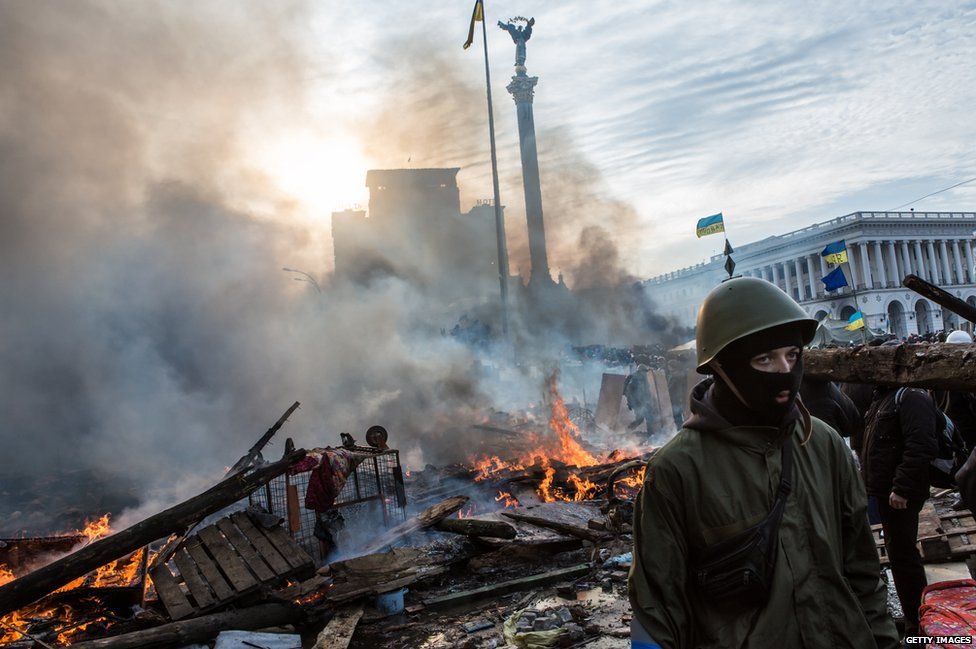
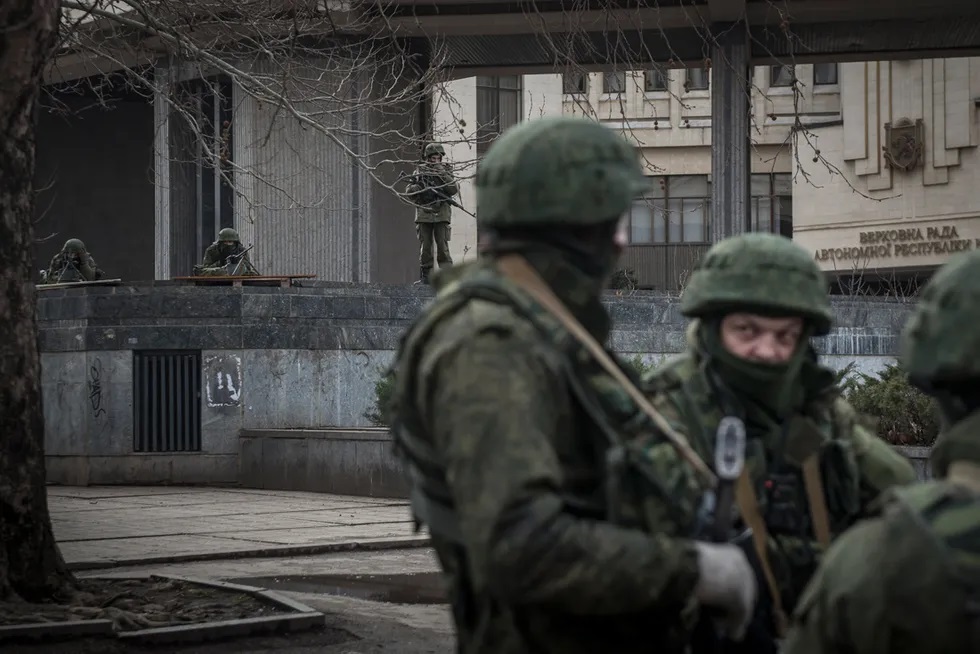

If you look at the 2012 Ukraine parlimentary election map, you can clearly see how Ukraine is divided politically between the Ukrainian speaking population and the Russian speaking population. So it is not difficult to imagine how upsetting it could be to the “pro-Russia” Russian speaking population which happened to be his electorate are, when Yanukovych is removed.
Since Yanukovych’s removal, Ukraine had embarked on a pro-West-anti-Russia stance; something that coincides with Russia’s backing of the rebel regions of Luhansk and Donetsk (collectively known as Donbas, short-form for Donets Basin), cumulating into a civil war that lasted till this day.

The actions taken by Russia in Donbas, is reminiscence of August 2008 Russo-Georgian War in South Ossetia and Abkhazia, in which the war was a direct consequence to George W Bush led plan to offer NATO membership to Georgia. The war was fought exclusively by Georgia against the militarily superior Russians; Georgia suffered greater casualties in the way and effectively lost both South Ossetia and Abkhazia permanently to Russia. Both territories were then recognised by Russia as independent states (something that is not recognised by the United Nations till this day).

It is important to note that, despite Georgia’s aim to gain NATO membership, Georgia was left to defend for itself. No one was willing to go to war for Georgia against Russia – Georgia just isn’t strategically important to the West.
The same is happening again with Ukraine today. The West is courting a war in Ukraine against the Russians – but the West are NOT going to defend Ukraine when they successfully poke the bear into a raging beast. It is more beneficial for the West if Russia gets bogged down in Ukraine in a never ending war like what the Soviets suffered in Afghanistan, than to actually accept Ukraine into NATO and risked a major war with a nuclear power.


However, the Russian President, Vladimir Putin is way too wise to go to war in Ukraine as well. Conquering Ukraine is not really a positive move for Russian interest, nor is war in Ukraine at all. Fighting Ukraine would just play into the hands of the West, in their continued bid to weaken Russia, and hopefully, into a disintegration of the federation into smaller, more “bite-size” states which NATO could “eternally not worry about”.
While I’m confident that Putin and Russia will not invade Ukraine under the current circumstances, there is still however a red line, that cannot be crossed, a red line that was flirted by NATO and the Georgians in 2008 – the offering of NATO membership to Ukraine.
Coming at the back of the accession of Latvia, Estonia and Lithuania on Match 2004, Georgia was so close to becoming a full-fledged NATO member, Russia made it a point to drive a stake into Georgia to clearly define the red line, that continues to hang over Georgia till this day.
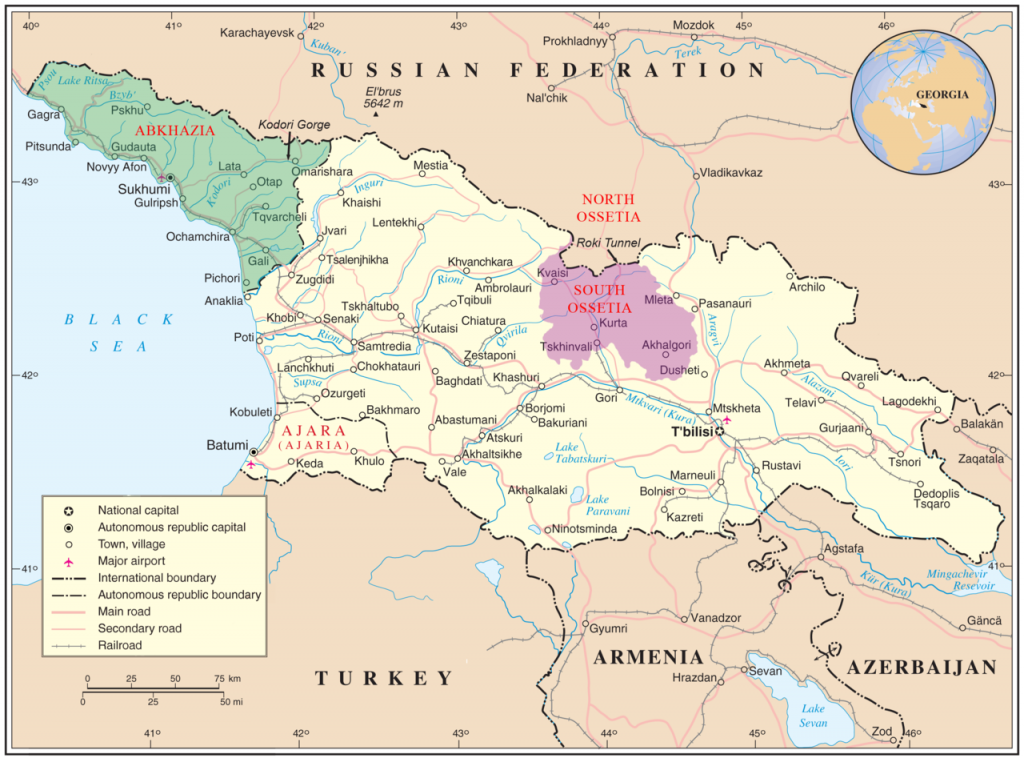
14 years on, Georgia is still on the peripherals of NATO, despite they were so close to membership.
South Ossetia now sits as “the stake”, a massive strategic vulnerability for Georgia in any potential conflict with Russia, with the border of South Ossetia just less than 35km away from Tbilisi, the capital of Georgia. In any determined push by Russia, Georgia could be overrun by the Russian within days of an invasion.
Ukraine on the other hand, is not as “frail” as Georgia, but the same red line exist. Russia WILL invade before any NATO membership agreement can be signed – to avoid any triggering of the NATO Article 5.
Any invasion (by Russia into Ukraine) will serve 3 main purpose:
- The invasion will deter NATO countries from wanting to accept a country with high war-risk in order to prevent themselves getting embroiled in a war that serves no national interest.
- The invasion will precede the triggering of Article 5, upon war, it will no longer be politically tenable for NATO to sign an agreement with a country with an ongoing conflict. For the Russians, they will also avoid war with the entire Western bloc.
- The invasion will serve as a punitive action against the continued “defiance” or even “passive aggression” against the Russian Federation. Permanent buffer states can then be establish, much like South Ossetia and Abkhazia – which can then permanently “handicap” Ukraine strategically in ways that NATO countries will not have appetite for.
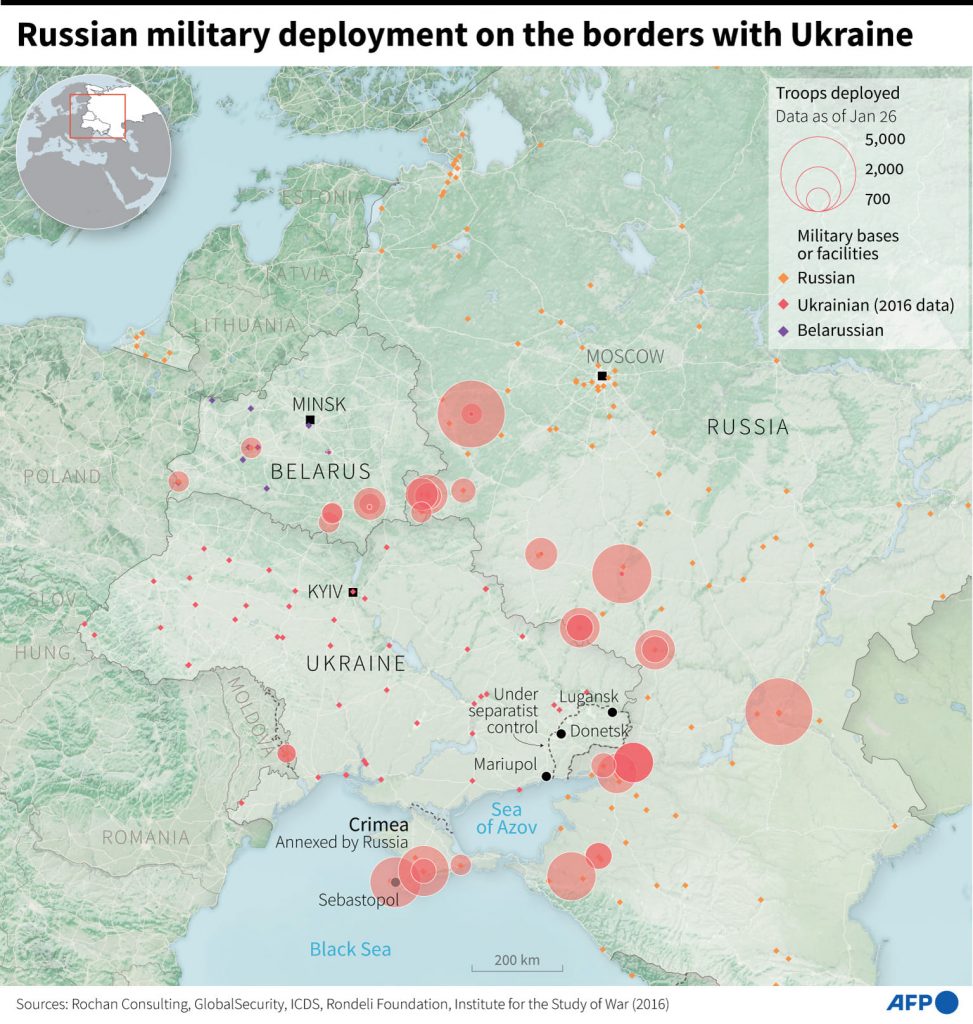
It may be easy to buy into the “progressive” narrative that we are now in a different era and Ukraine have their rights to choose their own foreign policy. However, Ukraine represents “a highway to Moscow” in an event of a war between the West and Russia, thus making Ukraine a core interest of Russia.

Putin was still in his first term of presidency in the lead up to Baltic states’ joining of NATO; Putin was probably too busy securing power within Russia as well as dealing with the aftermath of a disastrous rule of Boris Yeltsin. When Russia lost their northern buffer states to NATO (Estonia, Latvia, Lithuania), Putin just happened to be reelected to his second term as President. This “strategic lapse” cost Russia a permanent strategic vulnerability as NATO forces can now be stationed right at the doorstep of Russia, and a 570km dash away from Moscow.

Losing Ukraine to NATO would mean that Moscow can be attacked in a pincer movement from the Baltics and Ukraine; while Belarus can be encircled in the same pincer movement. As such, a war with NATO without Ukraine as a buffer would demand the Russian military to be spread out thin across a massive front – making the defending job untenable for the Russia.
Putin is not going to make the same mistake of allowing bordering countries falling to NATO again.

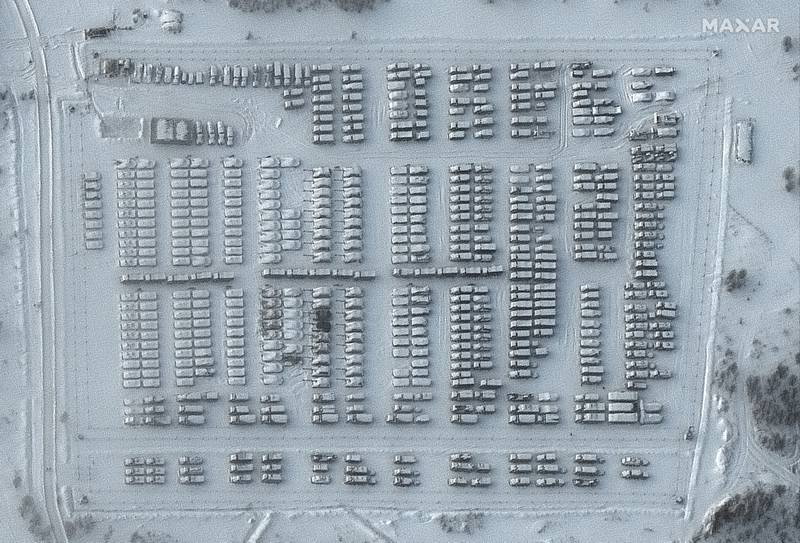
Given how NATO’s “lack of” deployment being absolutely lopsided as opposed to the estimated 100,000 Russian troops surround Ukraine, NATO is almost certainly going be bystanders should Russia invade Ukraine. It would be a serious mistake for Ukrainian leadership to assume that the West is going to come to their aid in any meaningful way.
And since Russia is not going to invade without the red line being crossed; the West continued drive to raise tension higher with the rhetoric, the military deployments and United Kingdom particularly supplied “self-defence” weapons to Ukraine with glee (which would be useful to turn Ukraine into a Afghanistan”/”Vietnam”) – the more likely scenario will be for Russia to keep it’s forces in place to keep up the pressure on Ukraine and find an alternate method to threaten the West into taking steps back – creating their own “Ukraine crisis” on the western hemisphere.

There are chatters about how Russia can trigger a second Cuban-Missile Crisis, or perhaps a smaller version of it, by deployment Russian military in Cuba and other friendly countries in Latin America – any of such action would almost certainly drive United States into a frenzy – and perhaps that was the script all along.
A geopolitical dance of tango where both powers have no choice but to play out the entire script before they can go back to the negotiating table and cheers well done to their beautifully renditioned tango to each other over coffee or perhaps vodka.


